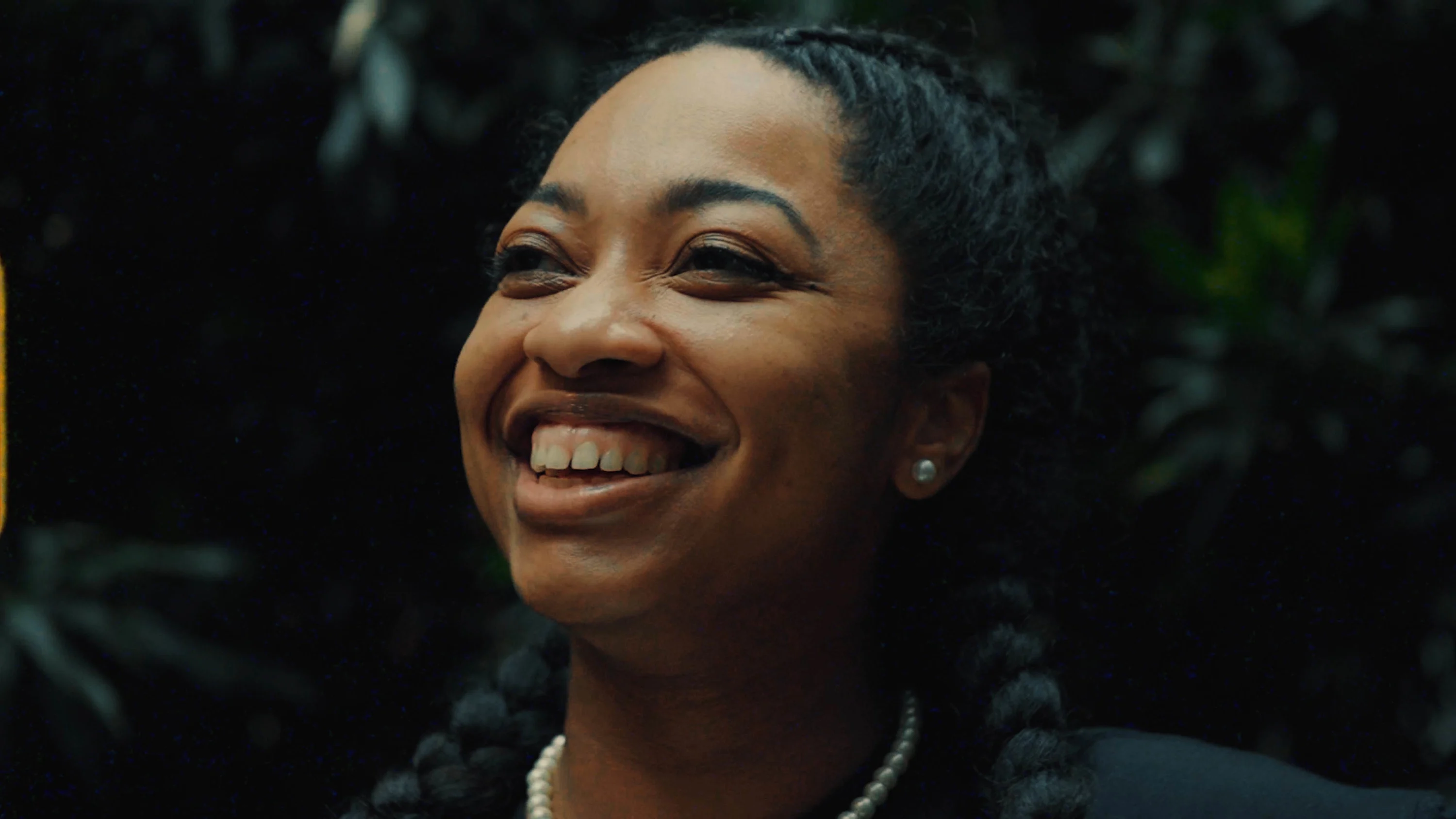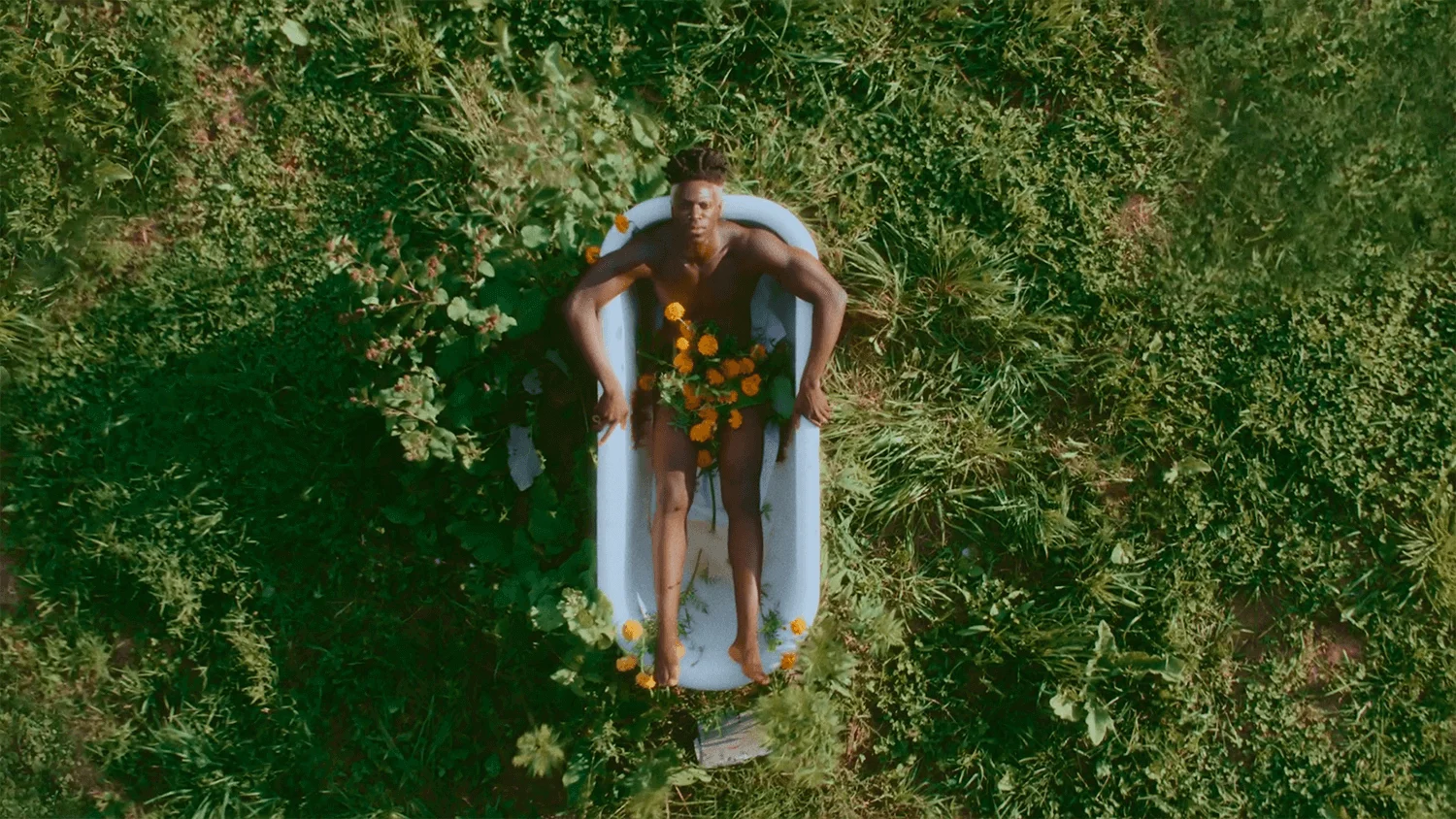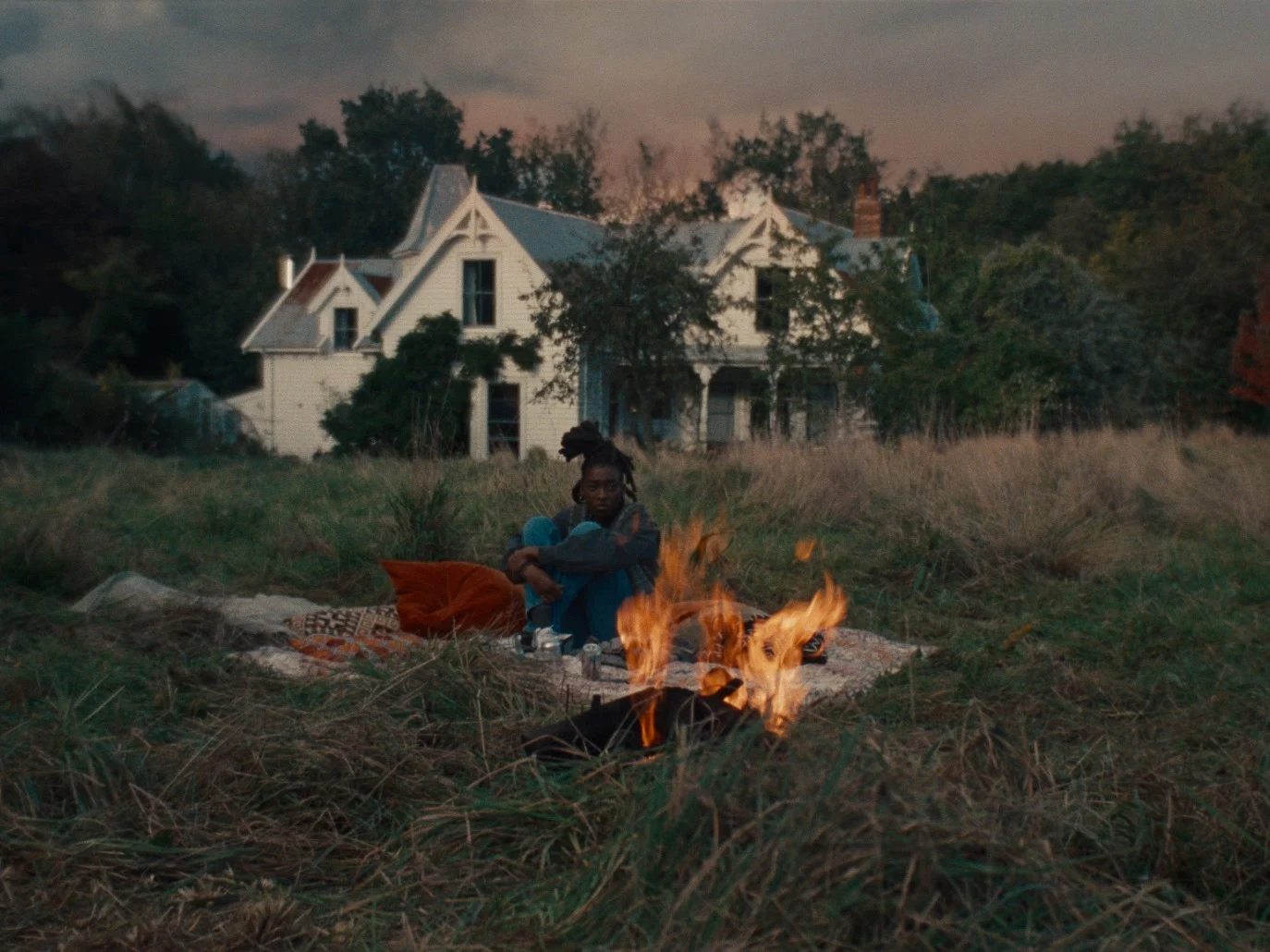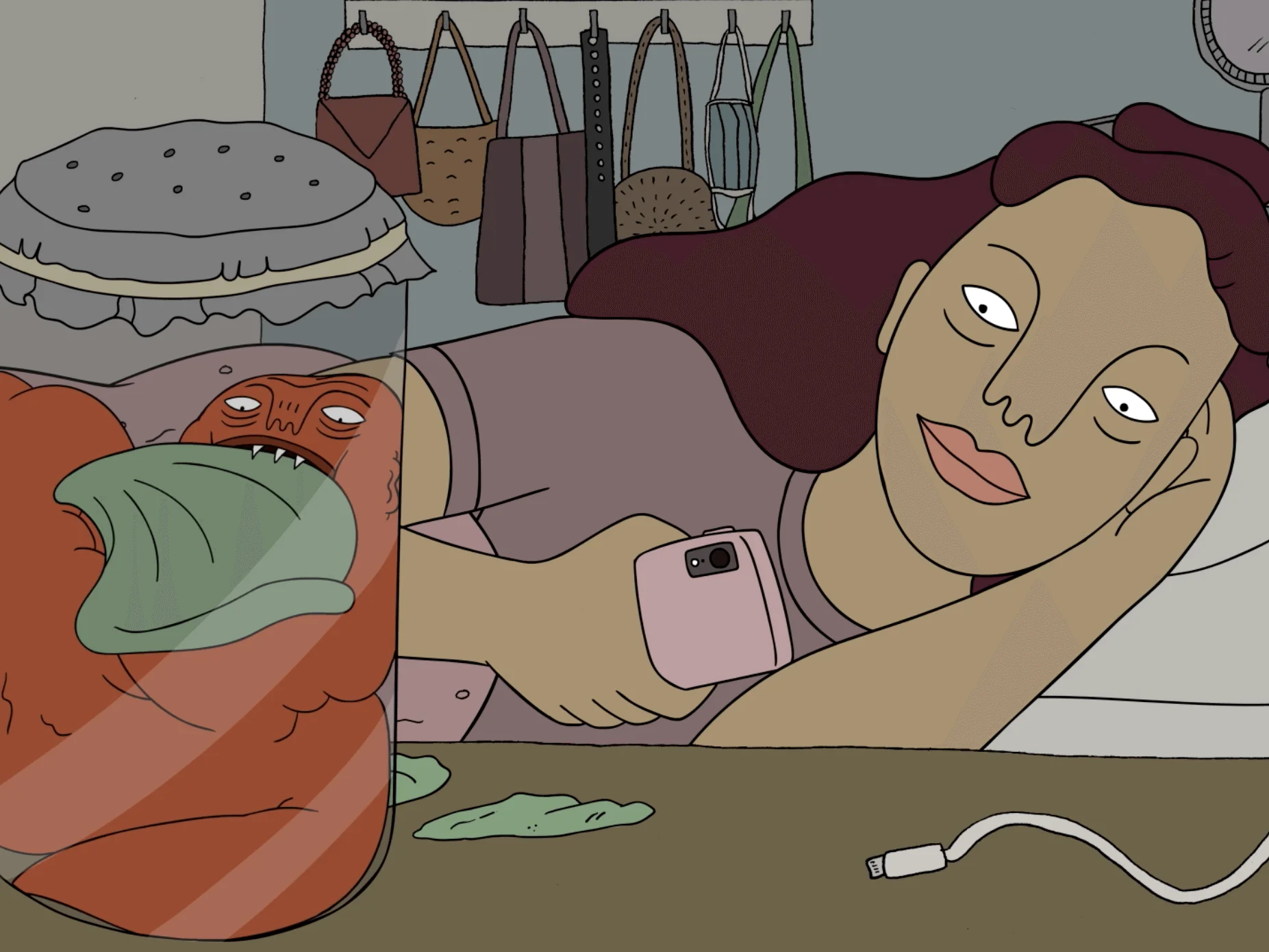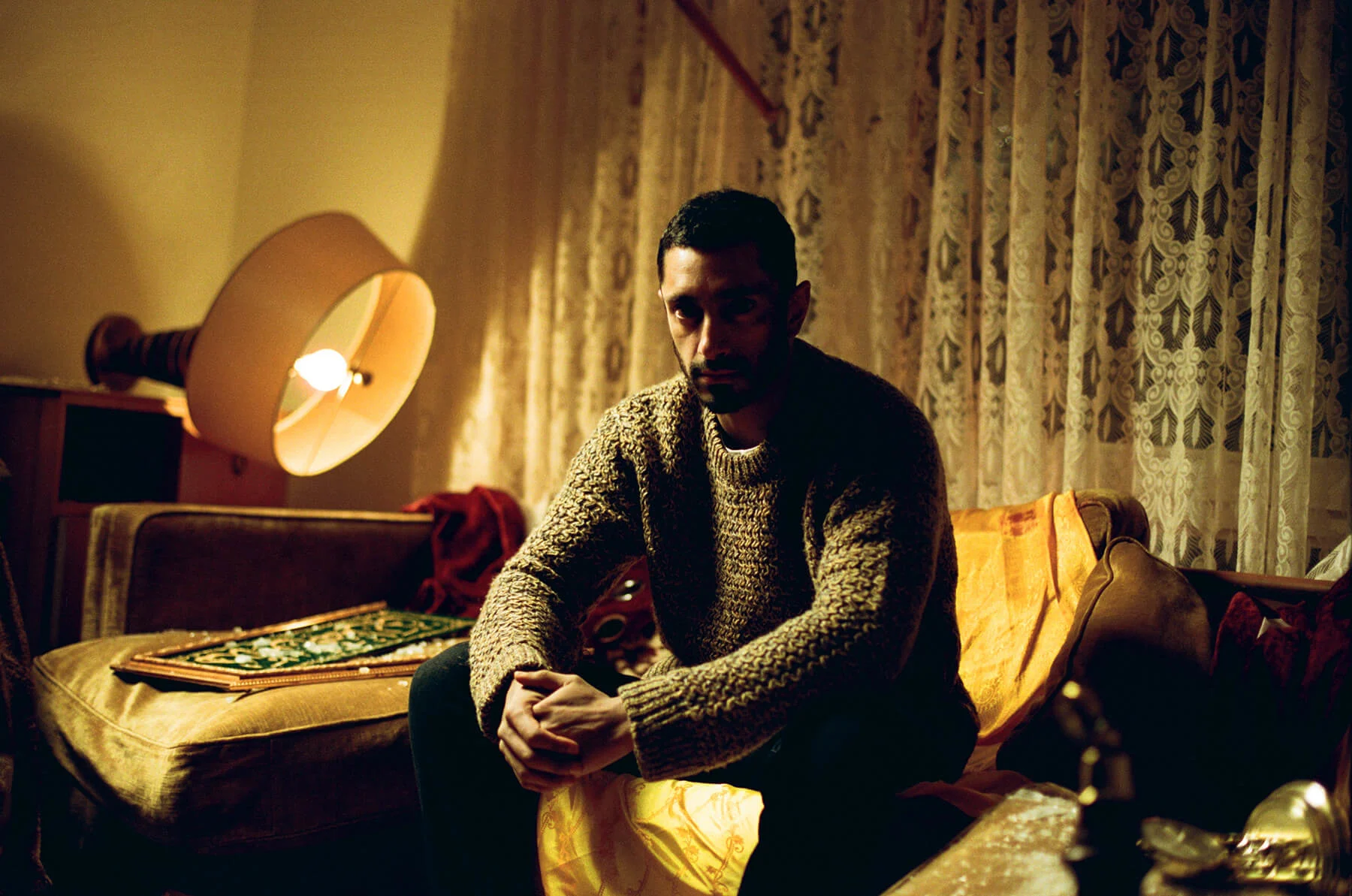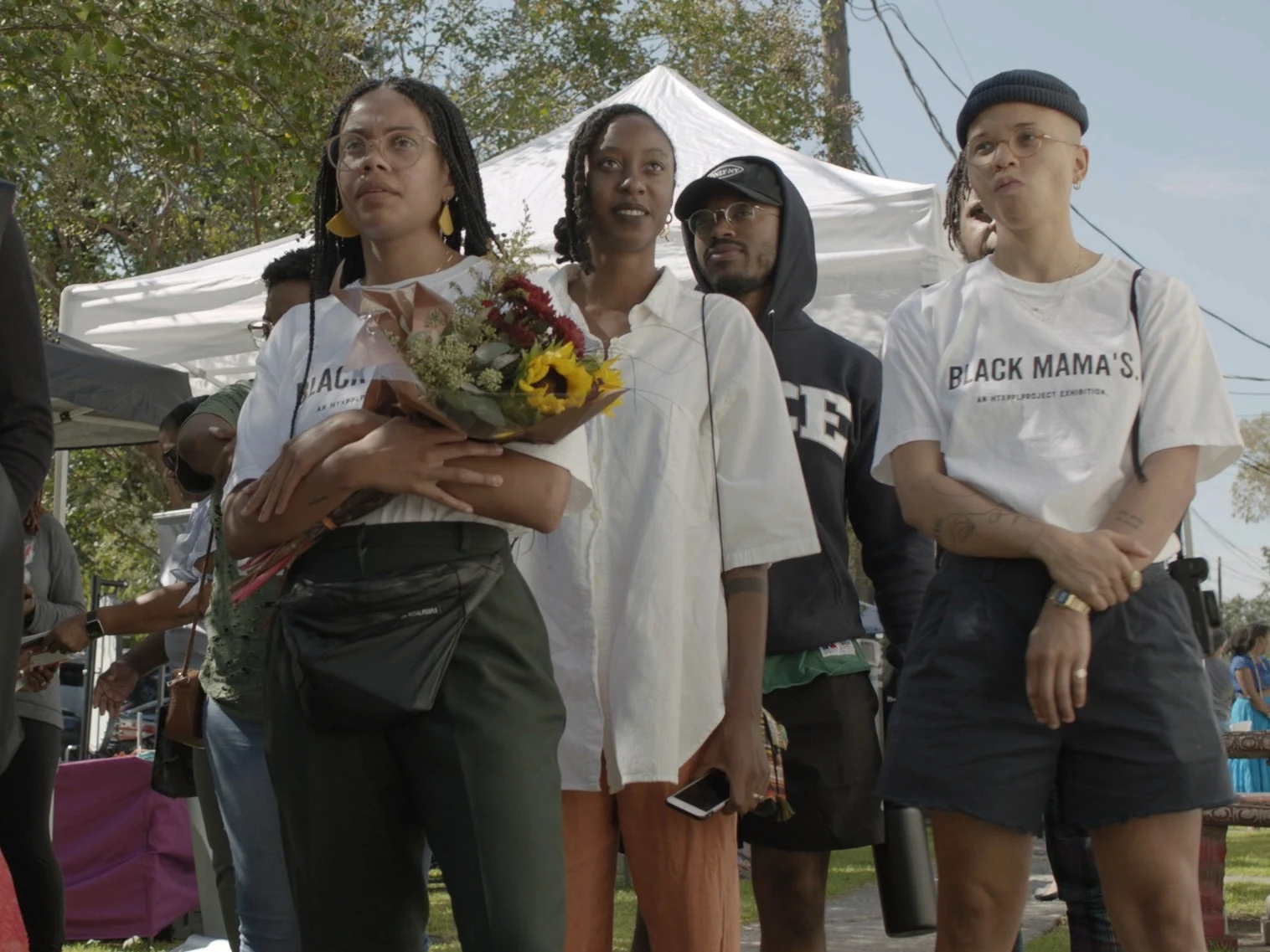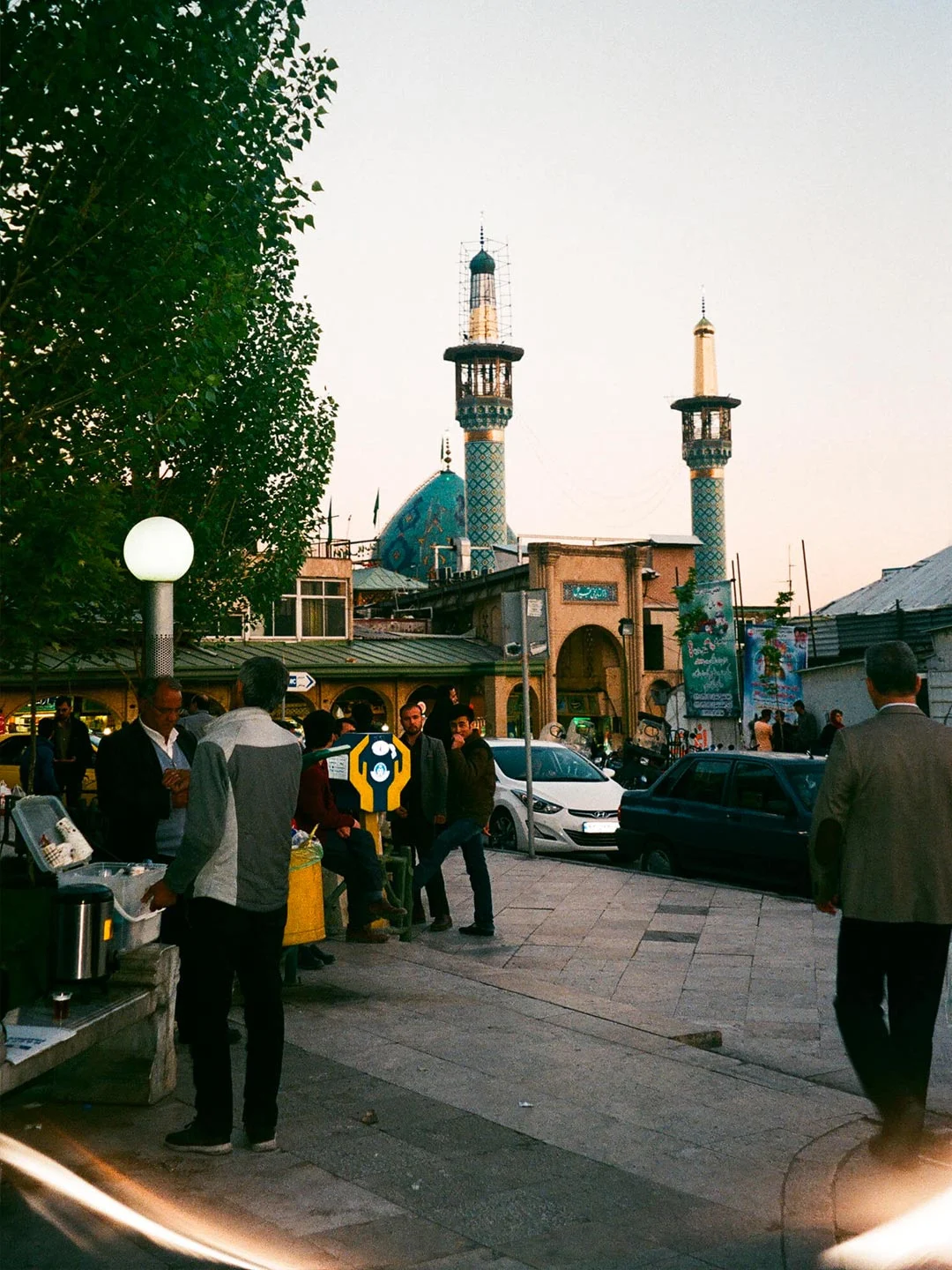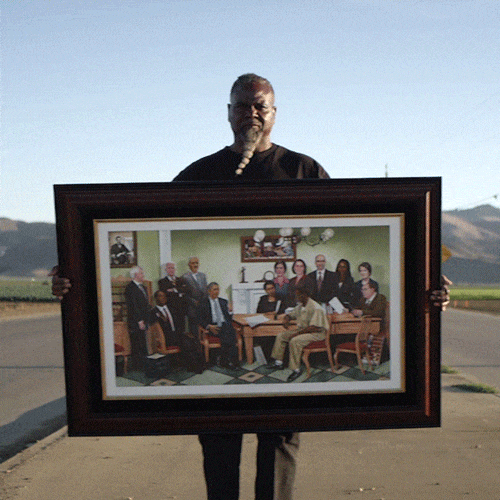
Eternity’s Sunrise — Codi Barbini’s short film about painter Carmen Cicero
Codi Barbini’s short film about painter Carmen Cicero
When painter Carmen Cicero walks down the street in New York and sees the sunlight glinting off the windows of a building, or hears a busker playing beautiful music, he’ll think about that moment for the rest of the day. At 93 years of age, you might not expect him to have such a romantic outlook but, an eternal optimist, this has always been his way. In 1971, a traumatic fire burned his studio and home to the ground, and it was this optimism that helped him get back on track and continue his journey to becoming the acclaimed artist that he is today.
Since meeting him three years ago, director Codi Barbini has been fascinated by his story, and an unlikely friendship has blossomed between the two. In Eternity’s Sunrise Codi captures Carmen reflecting on life, and here she and his wife Mary provide insight into his personality and his near-century of artistry.
In 2015, filmmaker Codi Barbini left work to go and meet a complete stranger for lunch. She had just moved to New York and a friend of a friend, knowing that she was an artist, told her she should meet Carmen. “He’s a painter. He lives in the Bowery,” the friend of a friend said. So, soon enough, Codi found herself in the then 89-year old Carmen Cicero’s living room. They hit it off immediately. “Despite our age difference, we both had ideas about art and what it took to be an artist,” Codi says. “That was our common ground.”
That wouldn’t be Codi’s last trip to the apartment. An unlikely friendship formed between the two and Codi became a frequent visitor. “He’s like a library of information,” Codi says. “He’d say ‘Have you ever seen Albert Pinkham Ryder’s paintings?’ And if I said no, he’d walk over to the shelf and grab a book, and we’d just look at it together… For him, his knowledge about art always comes from excitement and love. To be learning about it and to be experiencing it.”

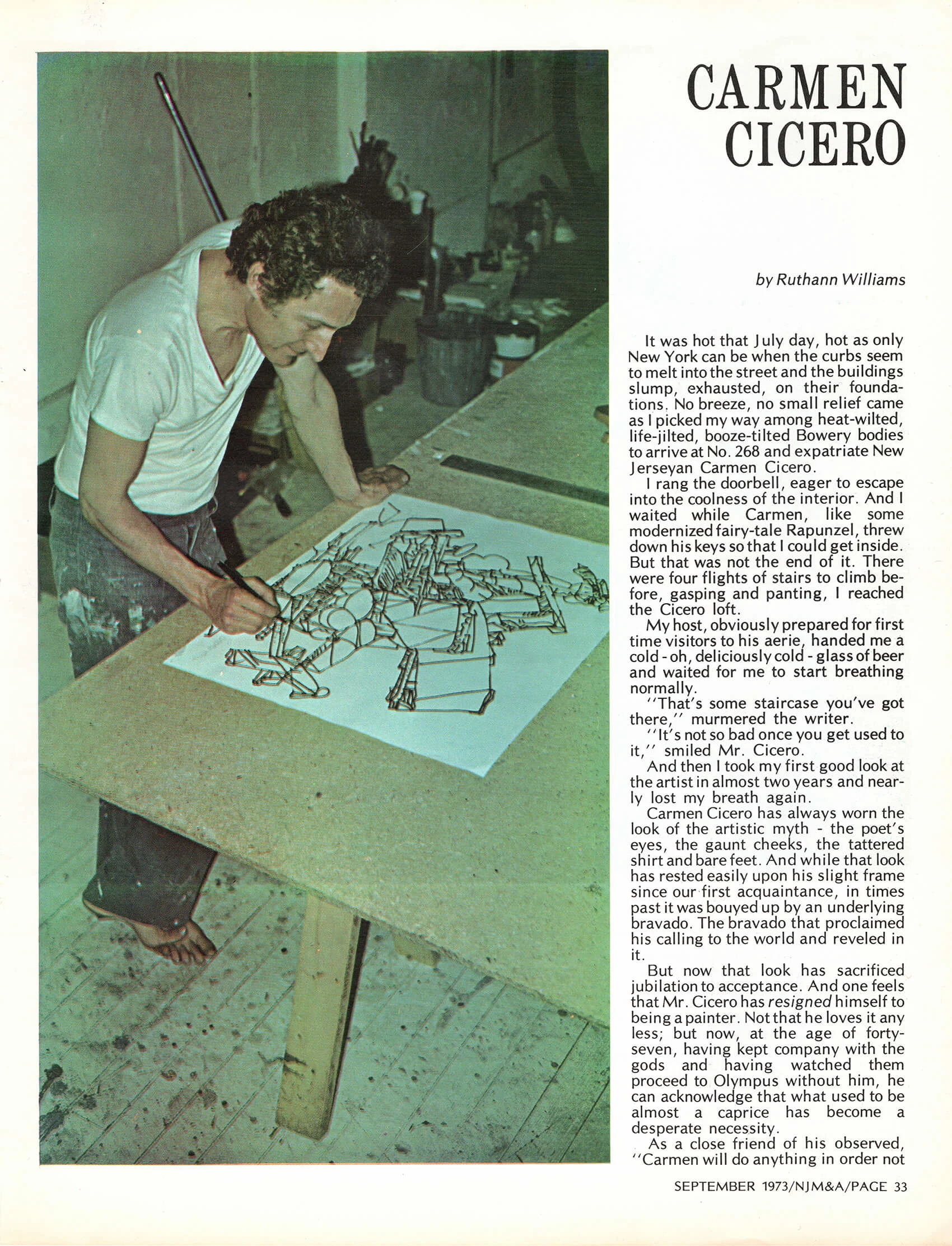
Carmen’s first solo show was at the Peridot Gallery on Madison Avenue, and his paintings went on to be exhibited in MoMa, the Guggenheim and the Whitney Museum among others. He’s received a Lifetime Achievement award from the American Academy of Arts and Letters, and his work has been written about in over 10 different features in the New York Times.
Carmen paints large-scale works on canvas, often experimenting with different mediums, and his transitions between styles reflects the society of the time and the different phases of his life. In tough times, his figurative expressionist work was bursting with anger and violence, and when things were looking up his visionary paintings oozed color and vibrancy, the characters moving with a spring in their step.

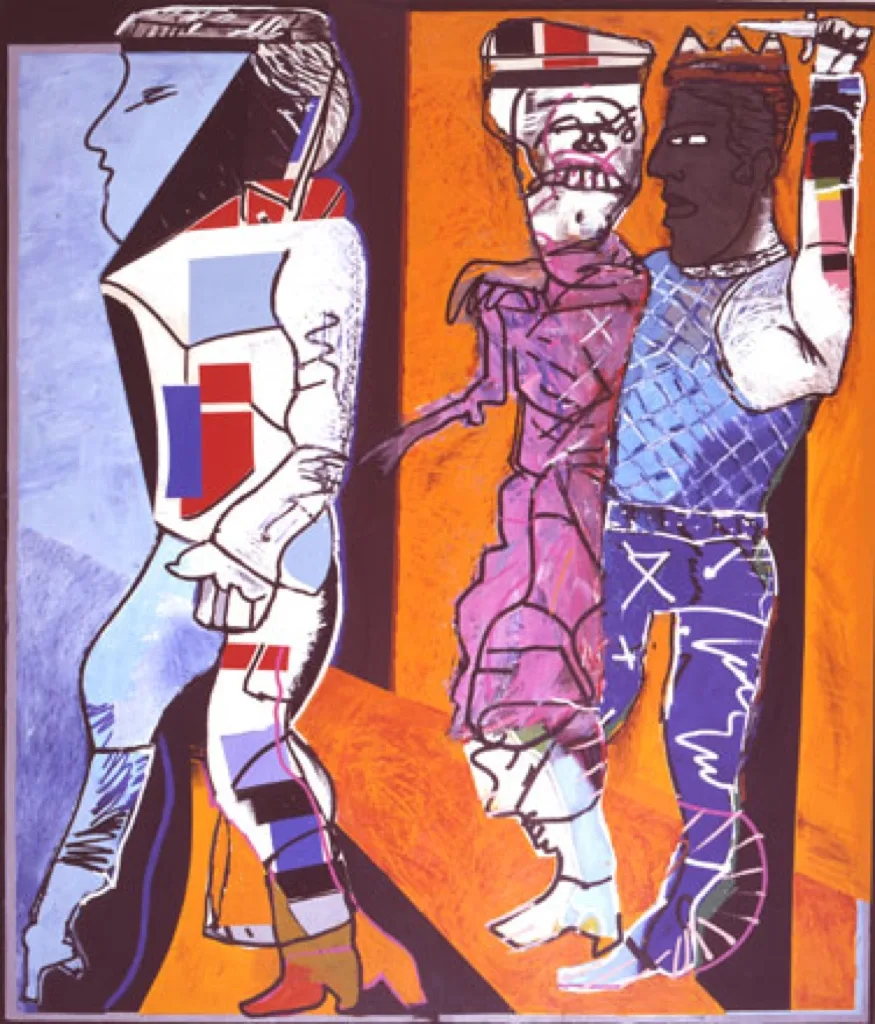
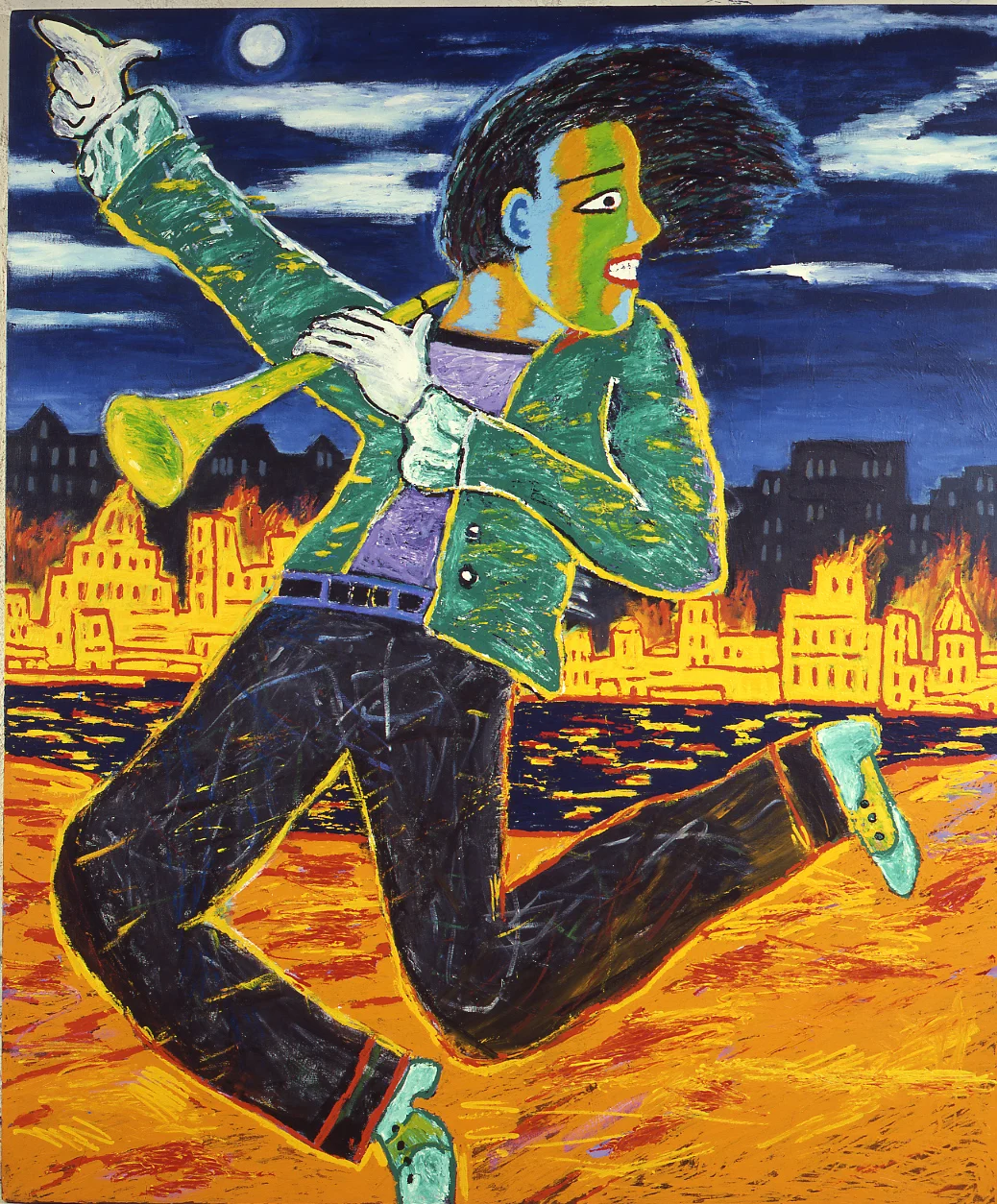
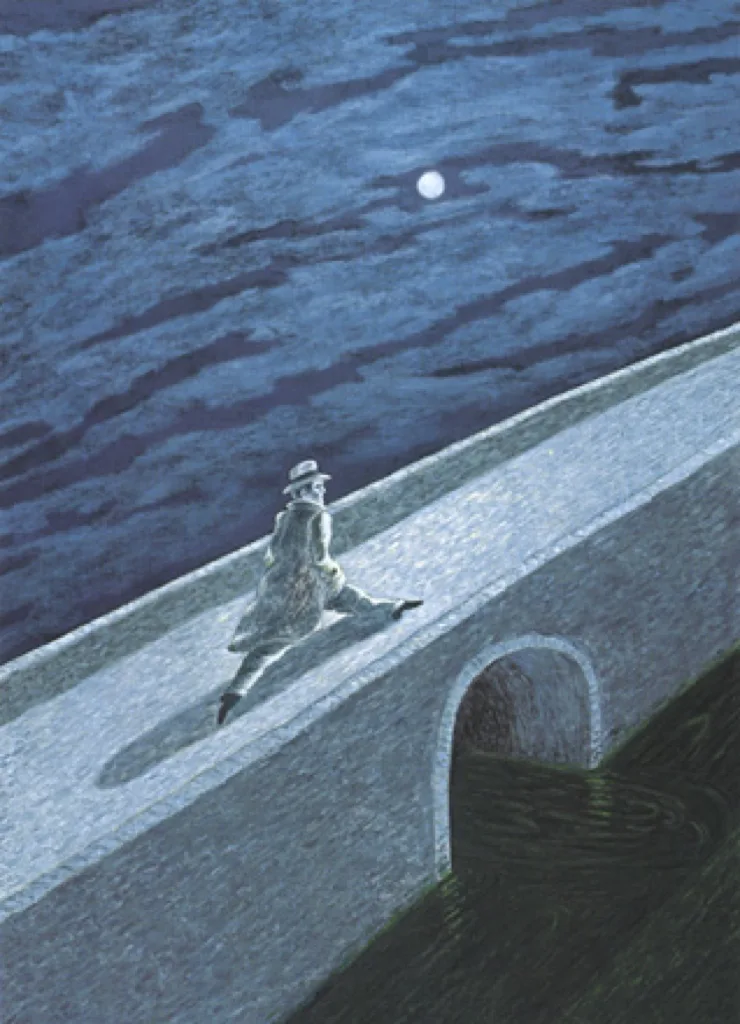

Phyllis Braff, former President of the International Art Critics Association, wrote that “Carmen’s career reflects those lively, vigorously-paced art decades that defined the second half of the 20th Century” and that his originality flourished in these times. In 1982 Lowery Stokes Sims, then an Associate Curator at the Metropolitan Museum of Art, said: “For Carmen Cicero, it has been a long and patient wait for the rest of the world to catch up with him.”
After a long career in the arts which was often hugely successful but during which he was sometimes been overlooked, Carmen is now well into his nineties. He speaks of how he was recently transferring names from his old and worn address book to a new one, and noticed that more than half the people he’s known have passed away. “That’s when you realise you’re old,” he laughs.
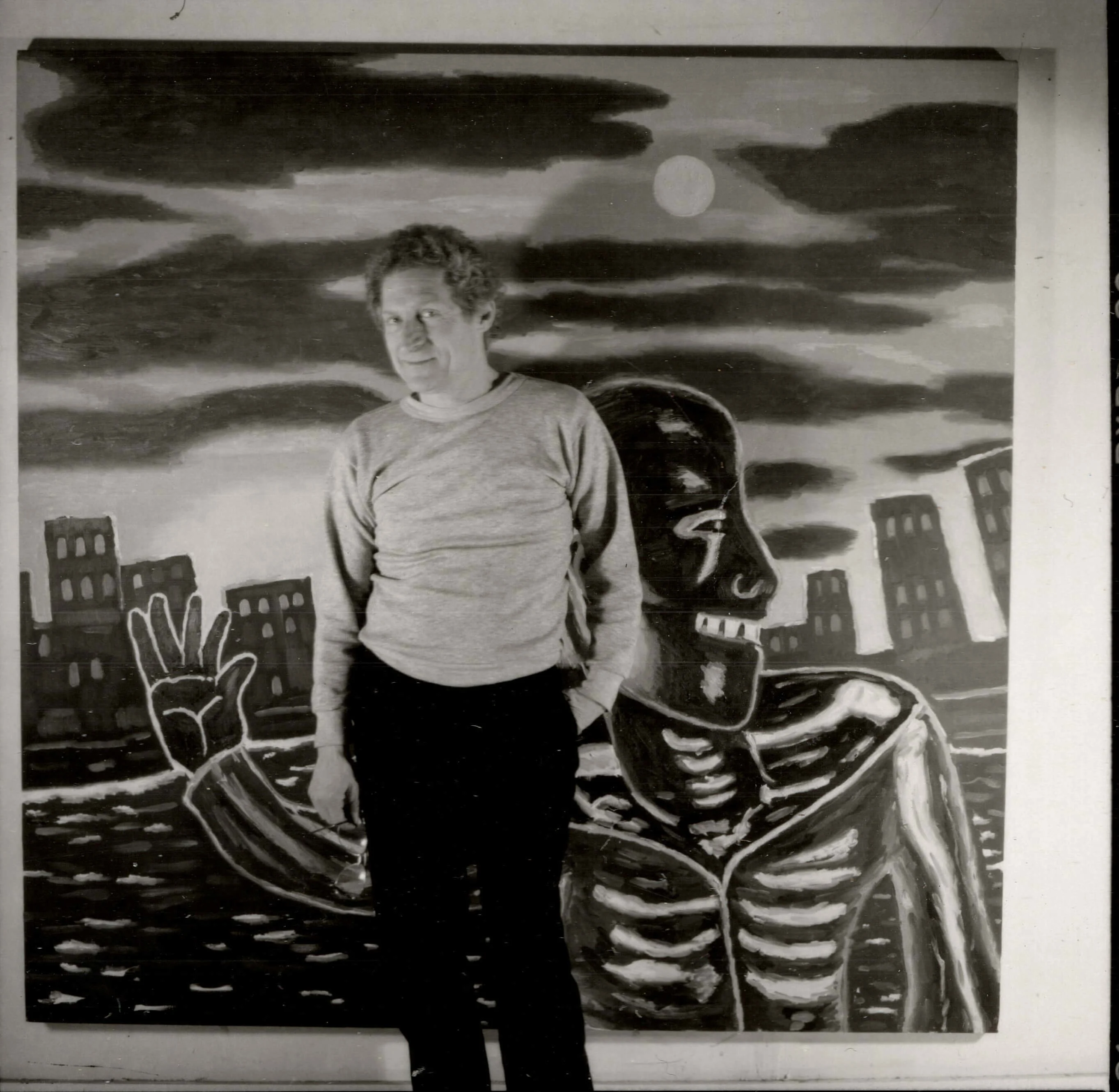
Carmen’s life now, with many of his old friends passing on, reminds Codi of Patti Smith’s M Train, in which Smith describes the sensation of living in Greenwich Village when all of her friends had died. “So she’s sort of left to her own devices, reflecting on all this time and all this beauty. And there’s bound to be some sadness with that,” she says. With this in mind, it’s heartwarming that such a close bond has been formed between the two. “I think Carmen just really loves people. He’s still so alive inside.”
Having lived such a full life, Carmen is now in a reflective mood, looking back at what has come before. “The idea of time to him is very important,” Codi says. “He knows he doesn’t have a whole lot of it, so the only way he’s going to spend it is experiencing something marvellous, or making something of importance. He has no time for any sort of noise.”
With Carmen in such a period of reflection and having such a deep understanding of himself and his own world, Codi felt that there was no better time to make a film about his incredible story. When she broached the idea with him and he approved, she set about recording him everywhere from his holiday home on Cape Cod, to his apartment and studio in the Bowery.
The film is different to Codi’s previous projects, especially considering her last piece of work explored the Parkland school shooting. For her, they aren’t so far apart, though. “I’ve spent the last three years making films about teenagers. The connection I draw between and Carmen is that they’re both in this part of their life when they’re kind of not seen. At least not seen how they would probably want to be,” Codi says.
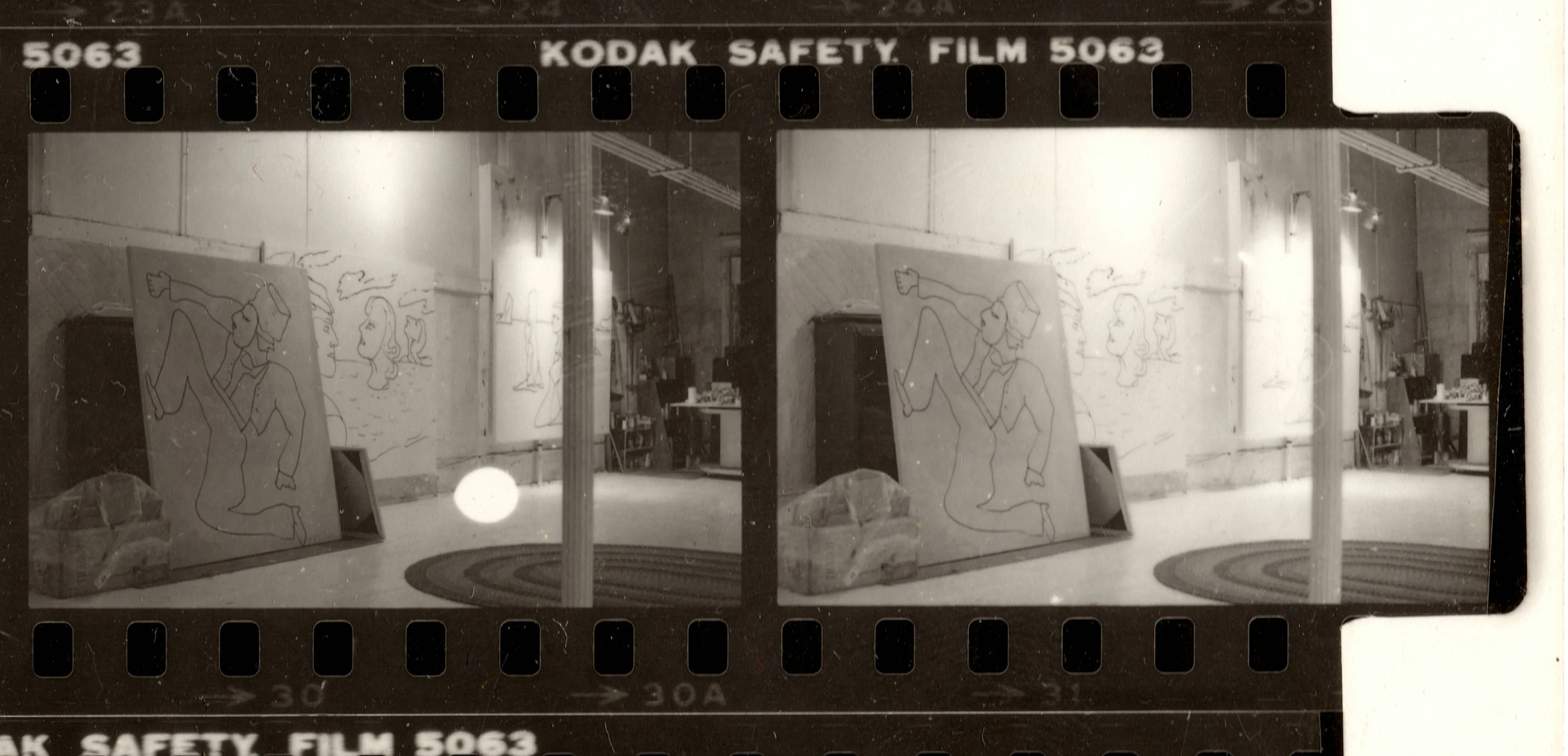

Codi’s two films also find common ground in that they both explore human responses to when tragedy strikes. Carmen’s tragedy came in the form of a devastating fire, which destroyed not only his studio but also his home in 1971. With much of his life’s work vanishing into ashes, he was forced to start again and to actively search for gallery representation for his new body of figurative expressionist work. Despite this huge setback, he succeeded, and as dealers came up to the loft to see his paintings, Grand Modern Gallery from Madison Avenue asked him to be a part of their stable.
When Codi was thinking about this film, she knew that she was really interested in the idea of overcoming adversity, and in how tragedy shapes someone’s life. When she asked Carmen if the greatest tragedies define our lives, she expected him to say yes, but he didn’t. “It’s become clear to him that it’s not the tragedy that defines your life, but how you respond to it,” she says.
What Carmen mentions most in his response to the fire is courage, and his general outlook on life is also certain to have helped. “Despite this massive loss he went through, it was the small joys that kept him going,” Codi says, and this is representative of his wider approach. “What’s most fascinating about Carmen is the appreciation for these seemingly small things. He could be walking down the street and the light hits a building in a certain way and all day he’s thinking about the way it happened, and about how beautiful it is that he got to see that.”
Carmen’s wife Mary, an art critic, says that his ability to appreciate life in the moment has always been a part of his DNA. “What I really enjoy about being with him is that he’s very present. When you’re talking to him, you’re really interacting with someone whose consciousness is right there,” she says. “He loves life. He’s passionate. He’s always totally engrossed in what he’s doing.”
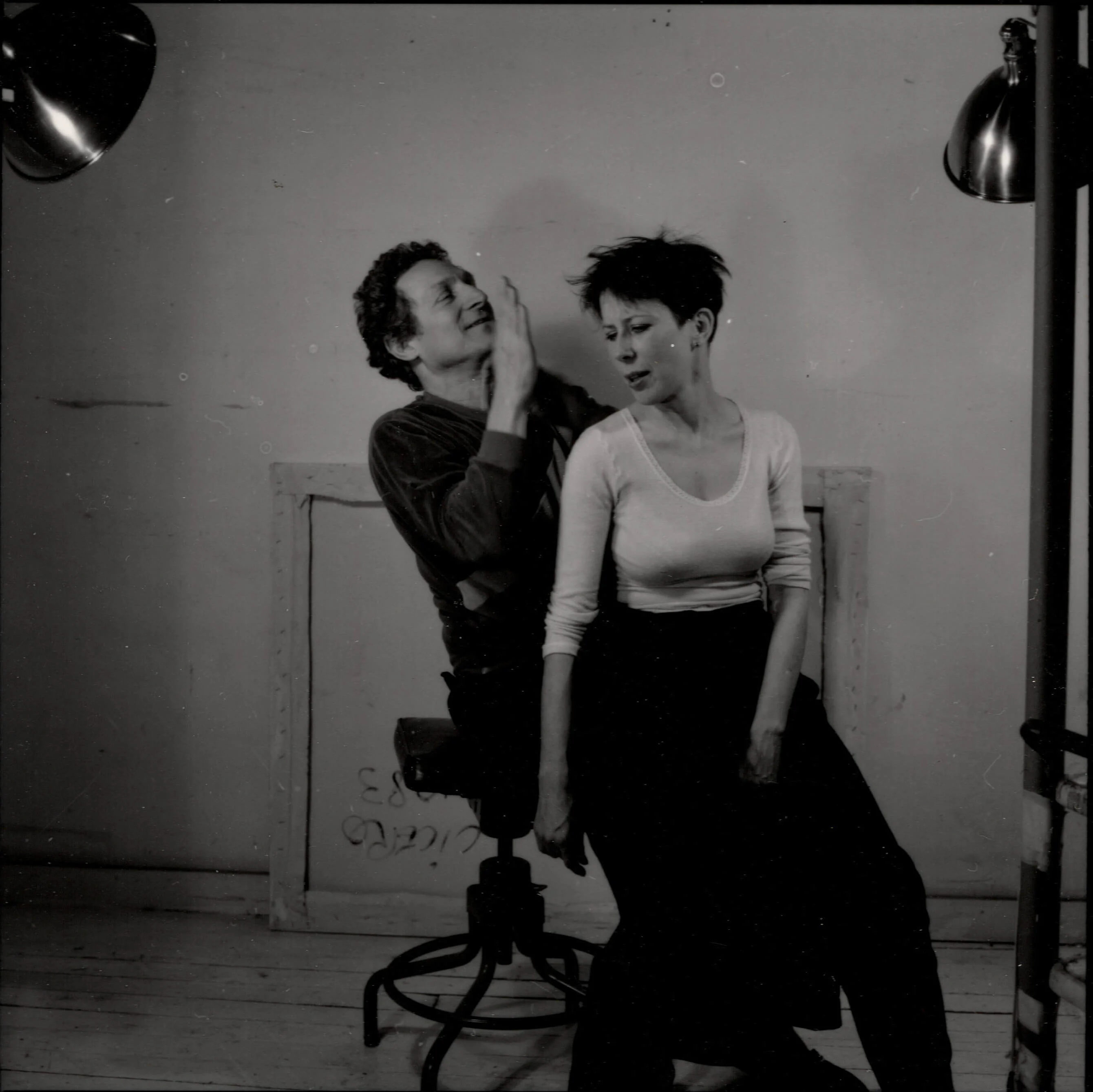
Mary provides more insight into Carmen’s life, revealing his stints as a high school, elementary and college teacher. “He’s a great person to talk to if you’ve got personal problems you’re working through. He still surprises me, when I come to him with something that’s bothering me, he’ll put his mind to it in a fresh way,” she says. “And he’s curious about people, too. What makes them tick, what their thoughts are. That’s why he was such a great teacher I think.”
She adds that he’s very much his authentic self all the time. “If he made a mistake in life, he would say; ‘I really got off my centre, I got off my intuition, and I should’ve known better,’” she says. “He’s always saying people need to find that truth within themselves, if they’re struggling with what to create. He’s found it’s a successful approach in terms of living your life, not just in creating art.”
Carmen’s approach to life is one of the many things about him that have rubbed off on Codi, as just by spending time with him she’s learned to look at the world in an entirely different way. “He got to 70 and felt lucky. But then 20 years later, he’s still here. That’s, like, the majority of my life. You have such a long time, yet such a short time. Some of the things that stick with you forever are not the things you would expect.”
The pair have spent a lot of time together since meeting. Codi goes over to Carmen and Mary’s every week to have dinner. She recalled one afternoon during the filming process when she was buying her groceries and a checkout man asked her how she stayed so upbeat. She realized she had just come from Carmen’s place. “He really changed so much for me. He really put my life in perspective,” she says.

It’s not just Carmen who is teaching Codi things, though. She has returned the favor, helping him to set up his Instagram account. On top of this, because the art and music Carmen enjoys is mostly rooted in the past, the simple fact that Codi is of an entirely different generation has an impact on him. She often brings her friends with her when she visits him, and says he loves talking to young people and getting insight into their lives. Codi claims she can’t think of anyone she knows who is friends with someone in their nineties: two people with such a vast age difference would very rarely develop a relationship unless connected by blood. But looking at the way their friendship has flourished, that seems a shame. They are testament to what can happen when such a bond is formed.
Codi is impacting Carmen in other ways too, even through his subconscious. She and Carmen were sitting in the loft recently, talking with Mary and his neighbor, when Carmen looked at a nearby painting, stopped Codi mid sentence and told her to turn her head to the side. She did and he let out a laugh, saying “Look Mary! Look at Codi's profile. I think that’s the profile in the painting. I think that’s Codi in the painting!"

